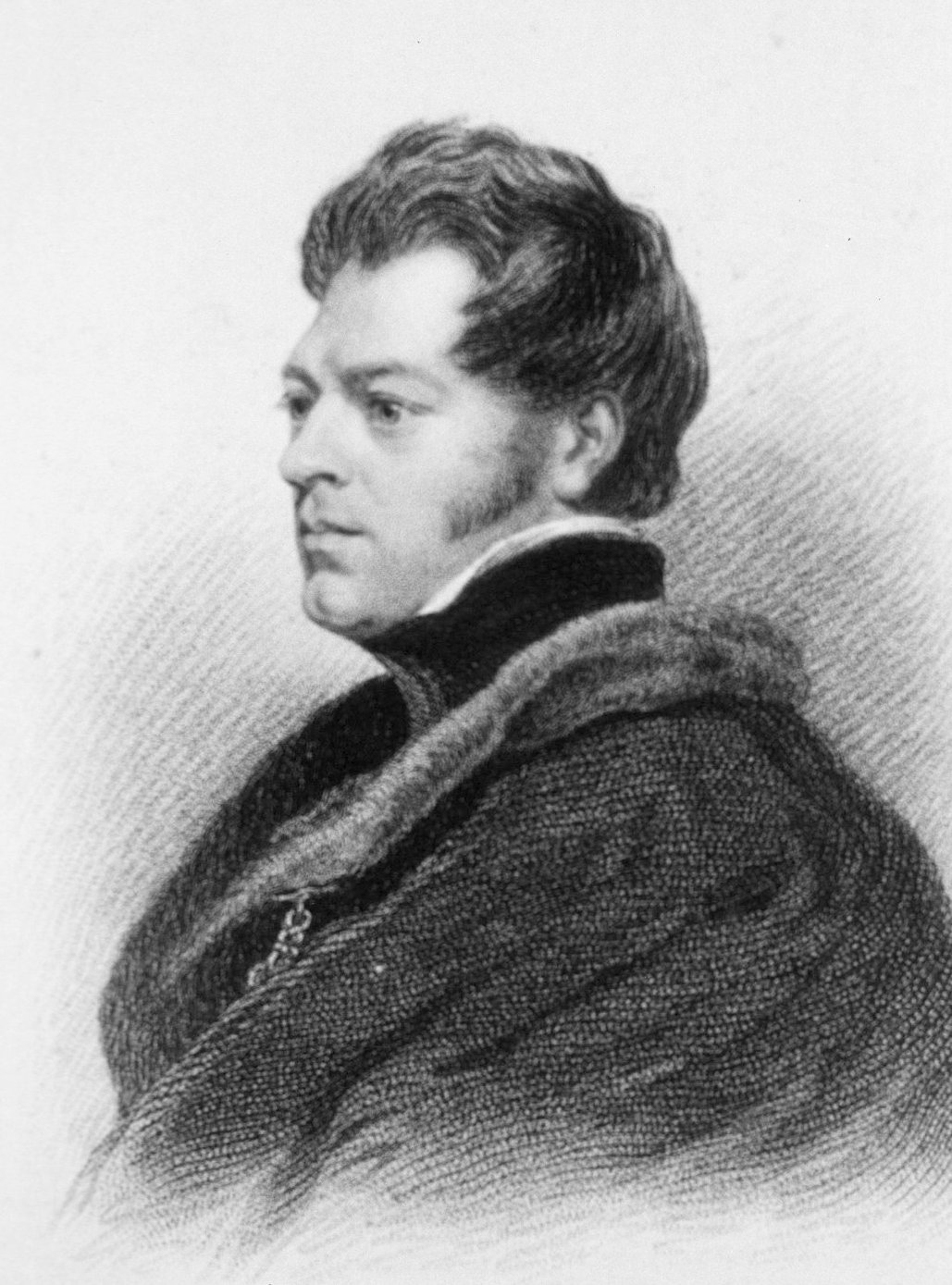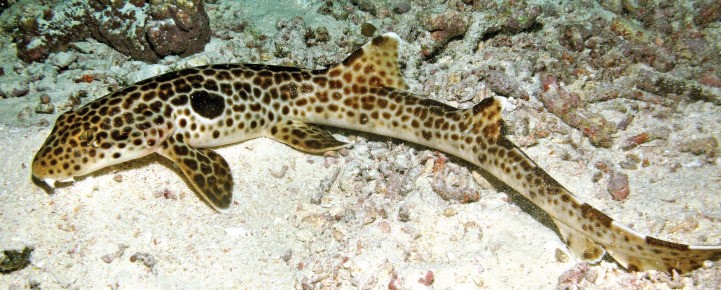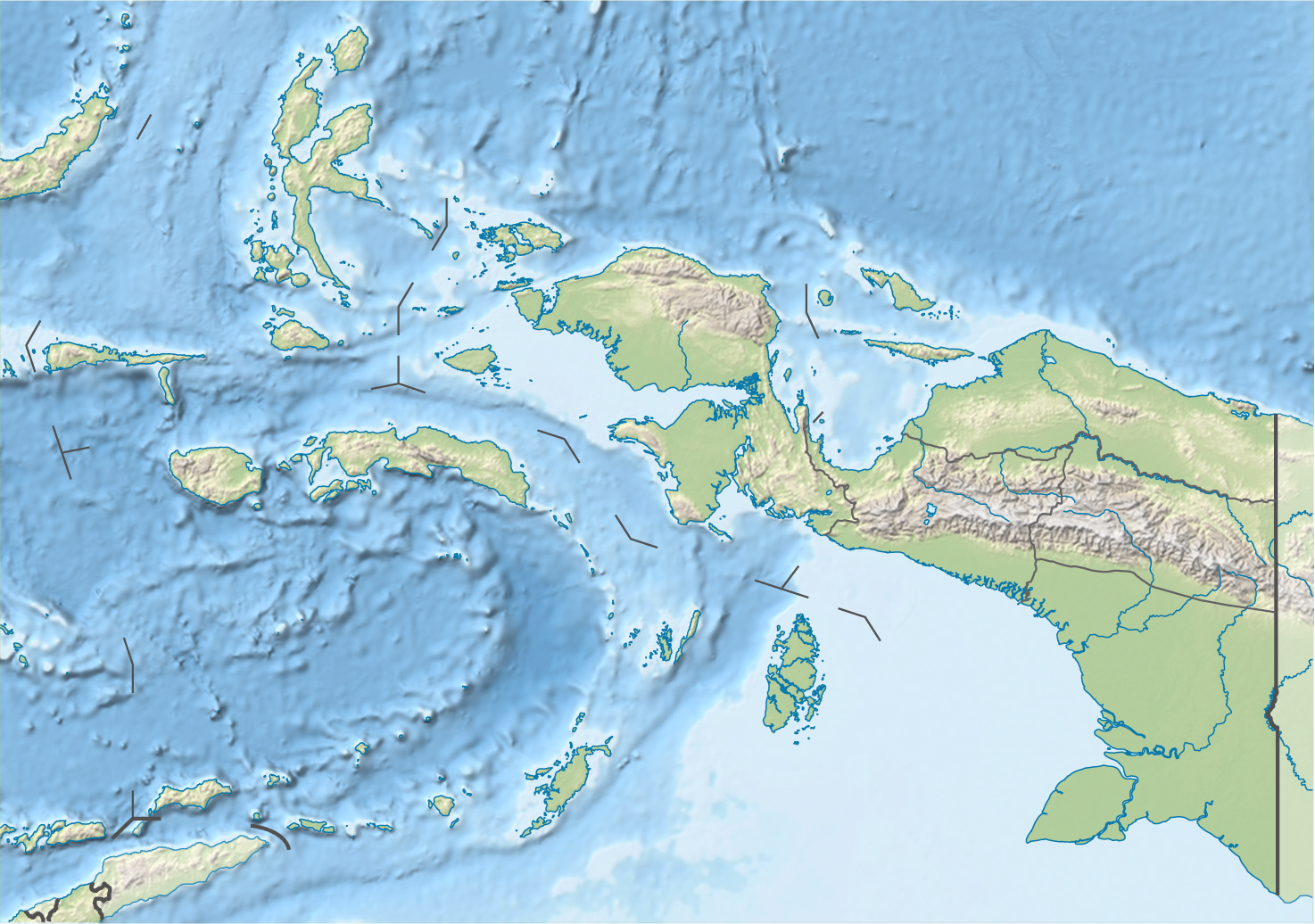|
Hemiscyllium Sp.
''Hemiscyllium'' is a genus of sharks in the family Hemiscylliidae. Overview Hemiscyllium sharks of the family Hemiscylliidae are also known as walking sharks and Epaulette sharks. These small, nocturnal, benthic dwelling swimmers have evolved to be able to 'walk', or use their fins to propel themselves over rocks, into pools, or into small crevices in their habitats. Research from the School of Biomedical Sciences at the University of Queensland in Australia has determined that this genus most recently split from the genus Chiloscyllium around 44 million years ago. This genus is confined to tropical waters off Australia, Papua New Guinea, and Indonesia, but an individual from this genus, possibly representing an undescribed species, has been photographed in the Seychelles.Debelius, H. (1993). ''Indian Ocean Tropical Fish Guide.'' Aquaprint Verlags GmbH. They have short snouts with nostrils placed almost at the tip, well-elevated eyes, and supraorbital ridges. The mouth is cl ... [...More Info...] [...Related Items...] OR: [Wikipedia] [Google] [Baidu] |
Hemiscylliidae
The Hemiscylliidae are a family of sharks in the order Orectolobiformes, commonly known as longtail carpet sharks and sometimes as bamboo sharks. They are found in shallow waters of the tropical Indo-Pacific. They are relatively small sharks, with the largest species reaching no more than in adult body length. They have elongated, cylindrical bodies, with short barbels and large spiracles. As their common name suggests, they have unusually long tails, which exceed the length of the rest of their bodies. They are sluggish fish, feeding on bottom-dwelling invertebrates and smaller fish. Genera and species ''Chiloscyllium'' This genus is distinguished by a relatively long snout with subterminal nostrils. The eyes and supraorbital ridges are hardly elevated. The mouth is closer to the eyes than to the tip of the snout, with lower labial folds usually connected across the chin by a flap of skin. The pectoral and pelvic fins are thin and not very muscular. No black hood on the h ... [...More Info...] [...Related Items...] OR: [Wikipedia] [Google] [Baidu] |
Hemiscyllium Hallstromi
The Papuan epaulette shark, ''Hemiscyllium hallstromi'', is a bamboo shark in the family (biology), family Hemiscylliidae found around southern Papua New Guinea, between latitudes 7th parallel south, 7° S and 10th parallel south, 10° S, and longitude 144th meridian east, 144° E and 146th meridian east, 146° E. Its length is up to 75 cm. Reproduction is oviparous. Etymology The shark is named in honor of philanthropist Edward Hallstrom (1886–1970), a trustee and chairman of Taronga Zoological Park, where holotype and paratype were kept alive in captivity. See also * List of sharks * Carpet shark References * * Leonard Compagno, Compagno, Dando, & Fowler, ''Sharks of the World'', Princeton University Press, New Jersey 2005 {{Taxonbar, from=Q29368 Hemiscyllium, Papuans epaulette shark Fauna of the Papuan Peninsula Fish of Papua New Guinea Taxa named by Gilbert Percy Whitley Fish described in 1967, Papuans epaulette shark ... [...More Info...] [...Related Items...] OR: [Wikipedia] [Google] [Baidu] |
Shark Genera
Sharks are a group of elasmobranch cartilaginous fish characterized by a ribless endoskeleton, dermal denticles, five to seven gill slits on each side, and pectoral fins that are not fused to the head. Modern sharks are classified within the division Selachii and are the sister group to the Batomorphi ( rays and skates). Some sources extend the term "shark" as an informal category including extinct members of Chondrichthyes (cartilaginous fish) with a shark-like morphology, such as hybodonts. Shark-like chondrichthyans such as ''Cladoselache'' and ''Doliodus'' first appeared in the Devonian Period (419–359 million years), though some fossilized chondrichthyan-like scales are as old as the Ordovician, Late Ordovician (458–444 million years ago). The earliest confirmed modern sharks (Selachii) are known from the Early Jurassic around , with the oldest known member being ''Agaleus'', though records of true sharks may extend back as far as the Permian. Sharks range in size ... [...More Info...] [...Related Items...] OR: [Wikipedia] [Google] [Baidu] |
Hemiscyllium
''Hemiscyllium'' is a genus of sharks in the family Hemiscylliidae. Overview Hemiscyllium sharks of the family Hemiscylliidae are also known as walking sharks and Epaulette sharks. These small, nocturnal, benthic dwelling swimmers have evolved to be able to 'walk', or use their fins to propel themselves over rocks, into pools, or into small crevices in their habitats. Research from the School of Biomedical Sciences at the University of Queensland in Australia has determined that this genus most recently split from the genus Chiloscyllium around 44 million years ago. This genus is confined to tropical waters off Australia, Papua New Guinea, and Indonesia, but an individual from this genus, possibly representing an undescribed species, has been photographed in the Seychelles.Debelius, H. (1993). ''Indian Ocean Tropical Fish Guide.'' Aquaprint Verlags GmbH. They have short snouts with nostrils placed almost at the tip, well-elevated eyes, and supraorbital ridges. The mouth is ... [...More Info...] [...Related Items...] OR: [Wikipedia] [Google] [Baidu] |
Hemiscyllium Sp
''Hemiscyllium'' is a genus of sharks in the family Hemiscylliidae. Overview Hemiscyllium sharks of the family Hemiscylliidae are also known as walking sharks and Epaulette sharks. These small, nocturnal, benthic dwelling swimmers have evolved to be able to 'walk', or use their fins to propel themselves over rocks, into pools, or into small crevices in their habitats. Research from the School of Biomedical Sciences at the University of Queensland in Australia has determined that this genus most recently split from the genus Chiloscyllium around 44 million years ago. This genus is confined to tropical waters off Australia, Papua New Guinea, and Indonesia, but an individual from this genus, possibly representing an undescribed species, has been photographed in the Seychelles.Debelius, H. (1993). ''Indian Ocean Tropical Fish Guide.'' Aquaprint Verlags GmbH. They have short snouts with nostrils placed almost at the tip, well-elevated eyes, and supraorbital ridges. The mouth is cl ... [...More Info...] [...Related Items...] OR: [Wikipedia] [Google] [Baidu] |
John Richardson (naturalist)
Sir John Richardson Royal Society of London, FRS FRSE (5 November 1787 – 5 June 1865) was a Scotland, Scottish naval surgeon, natural history, naturalist and Arctic explorer. Life Richardson was born at Nith Place in Dumfries the son of Gabriel Richardson, Provost of Dumfries, and his wife, Anne Mundell. He was educated at Dumfries Grammar School. He was then apprenticed to his maternal uncle, Dr James Mundell, a surgeon in Dumfries. Richardson studied medicine at Edinburgh University, and became a surgeon in the navy in 1807. He traveled with John Franklin in search of the Northwest Passage on the Coppermine Expedition of 1819–1822. Richardson wrote the sections on geology, botany and ichthyology for the official account of the expedition. Franklin and Richardson Mackenzie River expedition, returned to Canada in 1825 and went overland by fur trade routes to the mouth of the Mackenzie River. Franklin was to go as far west as possible and Richardson was to go east to the mo ... [...More Info...] [...Related Items...] OR: [Wikipedia] [Google] [Baidu] |
Hemiscyllium Trispeculare
The speckled carpetshark, ''Hemiscyllium trispeculare'', is a bamboo shark in the family Hemiscylliidae found around north and west Australia between latitudes 8° S and 22° S, and longitude 114° E and 152° E. Its length is up to 79 cm, and it inhabits shallow coral reefs. It is also kept in aquaria. The speckled carpetshark is closely related to the epaulette shark (''Hemiscyllium Ocellatum)'' Reproduction is oviparous. See also * List of sharks * Carpet shark Carpet sharks are sharks classified in the order (biology), order Orectolobiformes . Sometimes the common name "carpet shark" (given because many species resemble ornately patterned carpets) is used interchangeably with "wobbegong", which is the ... References * * Compagno, Dando, & Fowler, ''Sharks of the World'', Princeton University Press, New Jersey 2005 {{Taxonbar, from=Q28838 speckled carpetshark Taxa named by John Richardson (naturalist) speckled carpetshark ... [...More Info...] [...Related Items...] OR: [Wikipedia] [Google] [Baidu] |
Hemiscyllium Strahani
The hooded carpetshark (''Hemiscyllium strahani'') is a bamboo shark in the family Hemiscylliidae found around Papua New Guinea, between latitudes 5° S and 10° S, and longitude 144° E and 153° E. Its length is up to 75 cm. Like other longtailed carpetsharks, it can use its strong pectoral fins to walk on land for a short period of time. The hooded carpetshark is heavily wanted in the aquarium trade, the result is making this shark endangered. Reproduction is oviparous. Etymology The shark is named in honor of Australian zoologist Ronald Strahan (1922–2010), who was director of Taronga Zoological Park, where the holotype lived in captivity. See also * List of sharks * Carpet shark Carpet sharks are sharks classified in the order (biology), order Orectolobiformes . Sometimes the common name "carpet shark" (given because many species resemble ornately patterned carpets) is used interchangeably with "wobbegong", which is the ... References * * Compagno, Dan ... [...More Info...] [...Related Items...] OR: [Wikipedia] [Google] [Baidu] |
Pierre Joseph Bonnaterre
Abbé Pierre Joseph Bonnaterre (1752, Aveyron – 20 September 1804, Saint-Geniez-d'Olt) was a French zoology, zoologist who contributed sections on cetaceans, mammals, birds, reptiles, amphibians, fish, and insects to the ''Tableau encyclopédique et méthodique''. He is also notable as the first scientist to study the feral child Victor of Aveyron. Bonnaterre is credited with identifying about 25 new species of fish, and assembled illustrations of about 400 in his encyclopedia work. He was the first scientist to study Victor, the wild child of Aveyron, whose life inspired François Truffaut for his film ''The Wild Child''. Partial bibliography * ''Tableau encyclopédique et méthodique des trois règnes de la nature, dix-huitième partie, insectes.'' Agasse, Paris 1797. * ''Recueil de médecine vétérinaire ou Collection de mémoires d'instructions et de recettes sur les maladies des animaux domestiques.'' * ''Tableau encyclopédique et méthodique des trois règnes de la ... [...More Info...] [...Related Items...] OR: [Wikipedia] [Google] [Baidu] |
Hemiscyllium Ocellatum
The epaulette shark ('', Hemiscyllium ocellatum'') is a species of longtailed carpet shark of the family (biology), family Hemiscylliidae, found in shallow, tropical waters off Australia and New Guinea (and possibly elsewhere). The common name of this shark comes from the very large, white-margined black spot behind each pectoral fin, which are reminiscent of Epaulette, military epaulettes. A small species (usually under long), the epaulette shark has a slender body with a short head and broad, paddle-shaped paired fins. The caudal peduncle (to which the caudal fin, tail fin is attached) comprises over half the shark's length. Adults are light brown above, with scattered darker spots and indistinct saddles. Epaulette sharks have nocturnal habits and frequent shallow water on coral reefs or in tidal pools. This shark has evolved to cope with the severe night time oxygen depletion (hypoxia (environmental), hypoxia) in isolated tidal pools by increasing the blood supply to its brai ... [...More Info...] [...Related Items...] OR: [Wikipedia] [Google] [Baidu] |
Hemiscyllium Michaeli
The leopard epaulette shark (''Hemiscyllium michaeli''), also known as the Milne Bay epaulette shark and Michael's epaulette shark, is a species of bamboo shark in the genus ''Hemiscyllium''.''Hemiscyllium michaeli'' at www.fishbase.org. It is a tropical shark known from the shallow ocean in the Milne Bay region of eastern Papua New Guinea. The epaulette sharks of this region have long been confused with the Indonesian speckled carpetshark (''H. freycineti''), and it was only in 2010 that ''H. michaeli'' was described as a separate species by Gerald R. Allen and Christine L. Dudgeon.Gerald R. Allen and Christine L. Dudgeon (2010): ''Hemiscyllium michaeli'', a new species of Bamboo Shark (Hemiscyllidae) from Papua New Guinea, pp. 19-30. ''Aqua ... [...More Info...] [...Related Items...] OR: [Wikipedia] [Google] [Baidu] |
Hemiscyllium Henryi
The Triton epaulette shark (''Hemiscyllium henryi'') is a species of bamboo shark in the genus ''Hemiscyllium'', that is composed of nine morphologically similar, yet distinct, sharks that are geographically restricted to New Guinea and northern Australia. Hemiscylliidae are small nocturnal sharks aptly named "walking sharks" who exhibit a "crawling" movement while foraging on the ocean floor for fish and benthic invertebrates.Allen, G.R., Erdmann, M.V., White, W.T., Fahmi & Dudgeon, C.L. (2016) Review of the bamboo shark genus Hemiscyllium (Orectolobiformes: Hemiscyllidae). Journal of the Ocean Science Foundation, 23, 51–97. Morphology These small slender sharks are characterized by nasoral and perioral grooves, short barbels, a small transverse mouth below the eyes, two similar-sized dorsal fins and long slender tail. They are typically pale gray-brown with a white ventral surface. Individuals of the genus ''Hemiscyllium henryi'' are distinguished by their unique colour patt ... [...More Info...] [...Related Items...] OR: [Wikipedia] [Google] [Baidu] |





